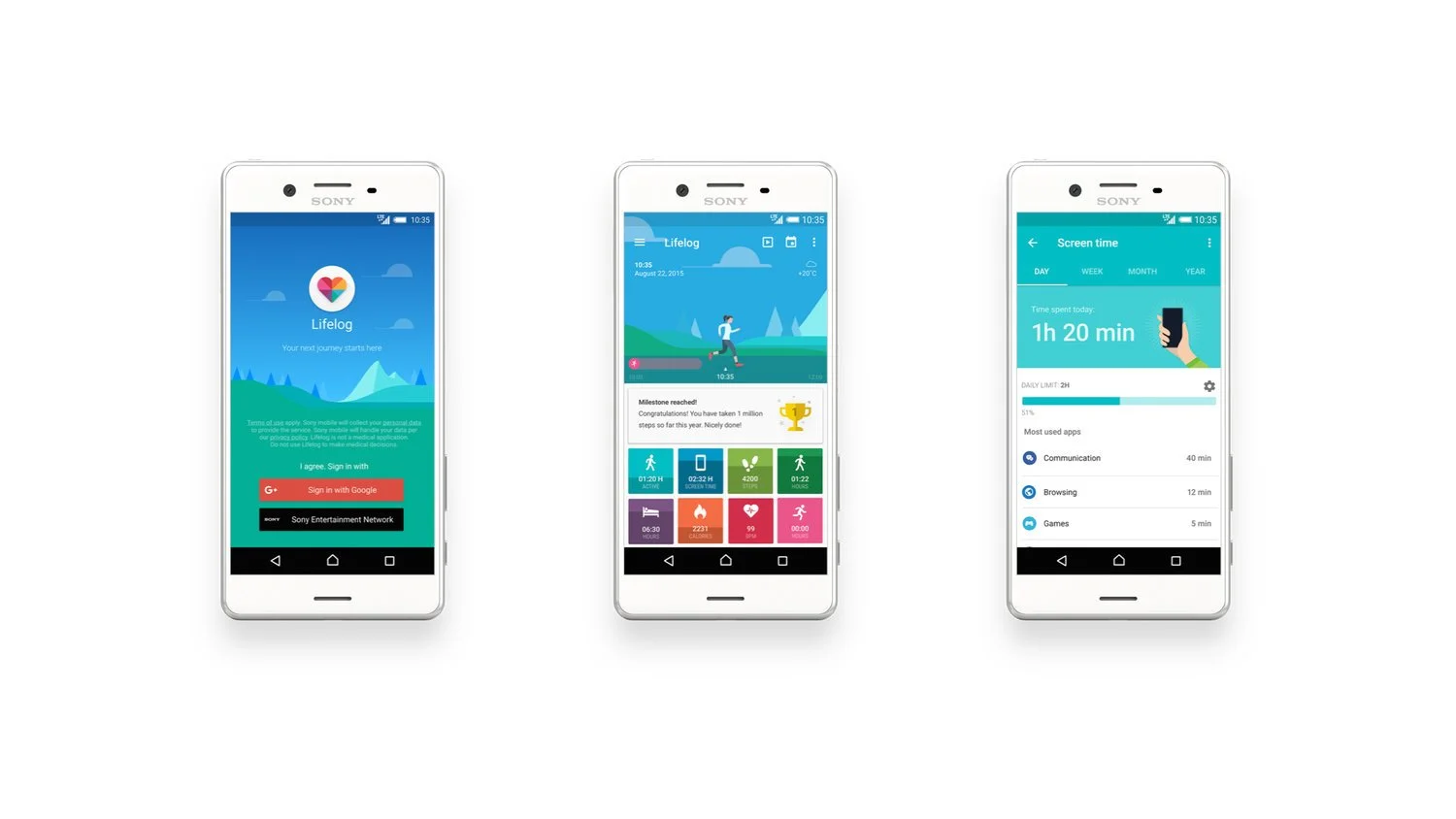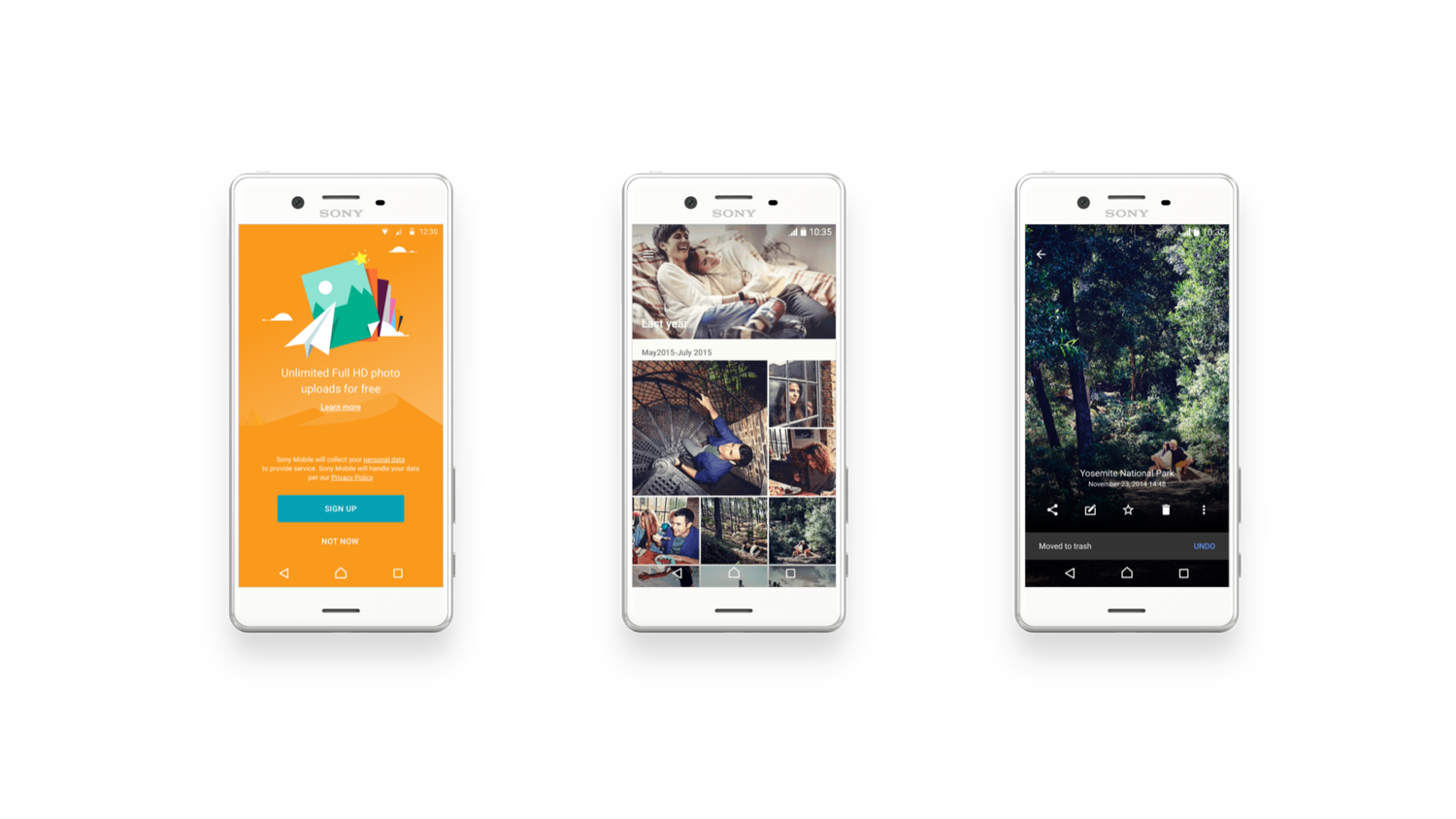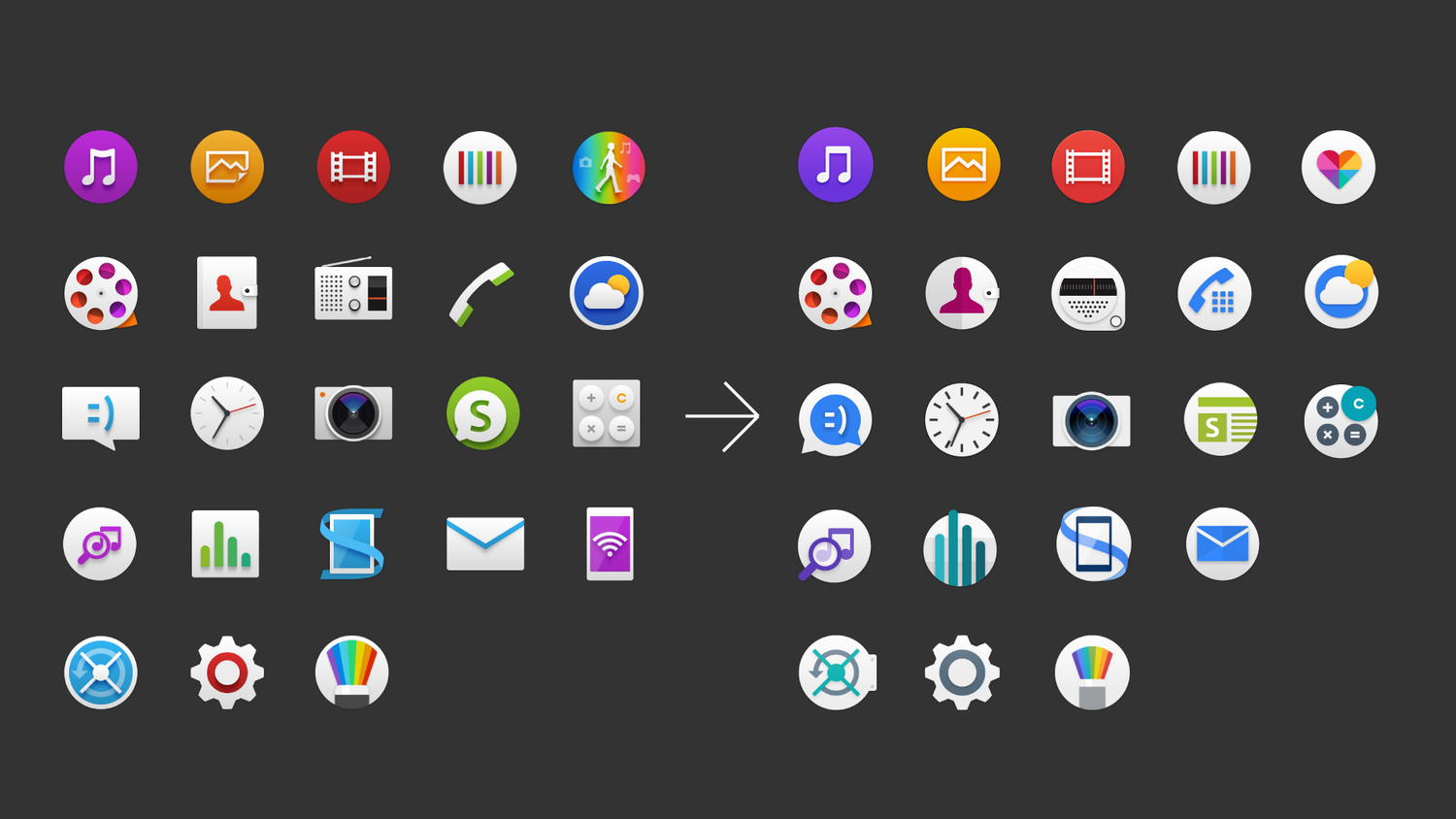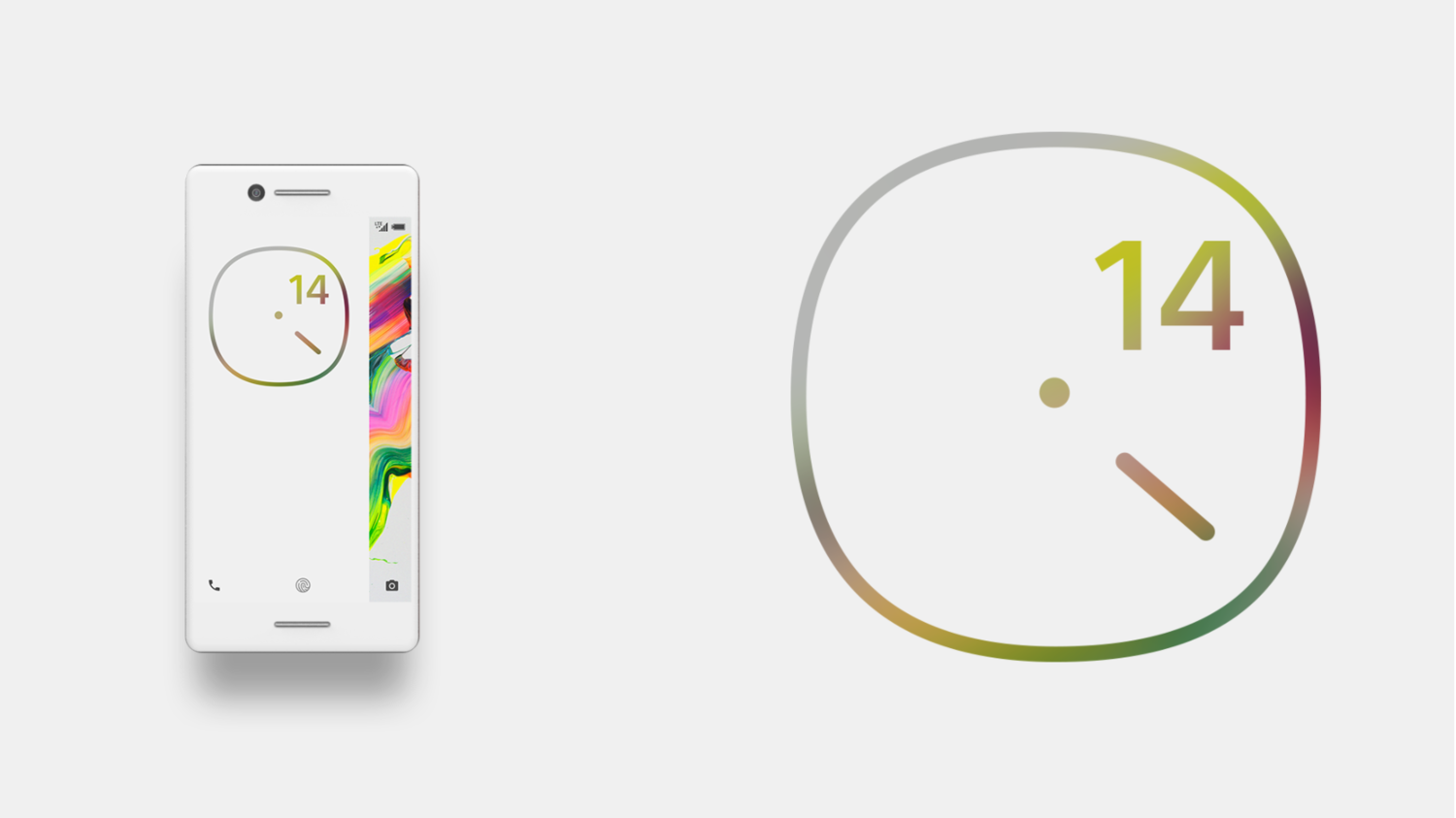Sony Mobile
I am proud to have played a role as the sole concept creator of the user experience for the Sony Xperia, which has been embraced by over 285 million users worldwide and has received numerous design awards, including the Good Design Awards, RedDot, and IF Design Awards.
Diverse Apps, Unified by Sony's Signature Visual Language
Sony has a broad portfolio of consumer electronics products, many of which are presented as apps. However, due to the separate vertical product teams, a unified visual language across all apps remained elusive. To address this, while at Sony, I helped establish a User Experience Language team within our large design organization of over 300 designers.
Five distinct product areas existed within Sony - TV, Mobile, PlayStation, Consumer Electronics, and Professional Equipment, each boasting a global art director. Each team assigned one designer to constitute a new, horizontally aligned Product Design Language team, which I had the privilege to manage.
Sony Mobile presented numerous UX touchpoints. For example, in designing a camera app, we collaborated with the Sony Alpha and Cybershot teams. When we crafted a video viewing experience on the phone, we connected with the Bravia team, and for gaming experiences, we teamed up with the Sony PlayStation division. Each touchpoint was owned by product verticals, yet, as a company, we needed to transition from a hardware-centric to an app-centric solution approach.
Hence, the horizontal UX team's role was pivotal in redefining the new Sony product experience, with the development of a visual language being the first step towards redefining the new Sony Experience.
Redefining Sony Mobile's Visual Language: A Journey Towards Impactful Digital Experiences
A well-curated visual language and visual identity can fundamentally transform a digital product, enhancing its user engagement, brand recognition, and overall market position. As the Global Art Director at Sony Mobile, I was responsible for revamping and managing the entire visual identity of the company's UI and UX across all mobile products - phones, tablets, and smart devices for almost a decade.
The visual identity is more than just aesthetics - it is the tangible manifestation of a brand's personality, its values, and its promise to its users. For Sony Mobile, the challenge was to distill the essence of Sony - a legacy of cutting-edge technology, robust performance, and sleek design - into a coherent, captivating and modernized visual language.
This initiative was not just about creating a pretty interface. It was about building a visual language that could adapt and grow with the rapidly evolving digital landscape, resonate with our diverse global user base, and set Sony Mobile apart in a competitive market.
Visual language is about so much more than just giving the user interface some style. - It's really about joining forces with the folks who design the hardware's color and materials, so we can create a consistent vibe from start to finish in the product's life. This involves a meticulous selection of materials that harmonize with specific color profiles, crafting compelling messaging for the consumers, and articulating our visual intent effectively. Thus, during my nine-year tenure at Sony, every product I was involved in was not just another task; instead, each was an opportunity to refine this language further and elevate the product's standing as a premium mobile phone or digital device.
After we assembled the designers from each vertical, our first objective was to establish a shared goal. This involved deeply understanding each team's product priorities and visions while simultaneously advocating for our unified vision.
Achieving consensus from executives across each vertical for the visual language alignment was certainly challenging, considering the multitude of differing opinions and agendas. Yet, this experience was crucial during my early management years, as it taught me how to consolidate diverse perspectives and agendas effectively.
This early experience has honed my ability to operate across multiple capacities, teaching me how to educate others and achieve consensus from executives to scale design initiatives. It is this ability that has allowed us to aim for and undertake larger, more ambitious projects that significantly enhance our product experience






